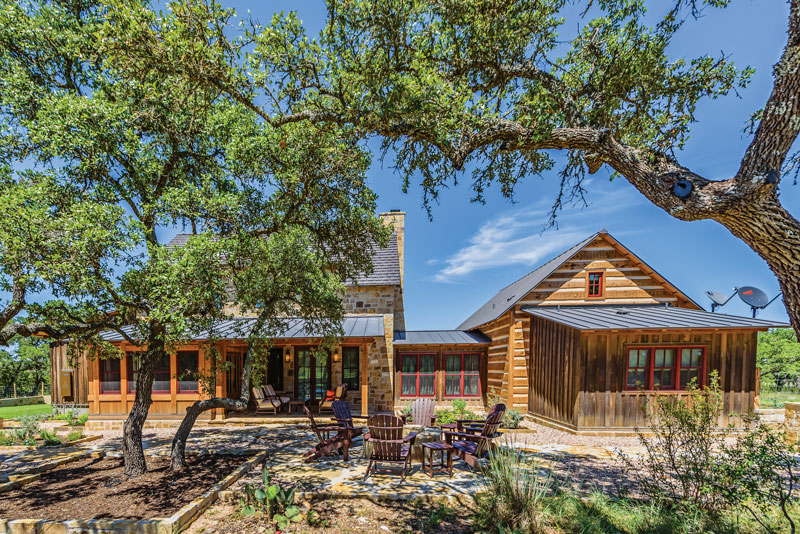It's a tricky thing, this log home budget business. Amid all the hoopla of floor plans, appliances and color selections, the budget is like your mom telling you to eat your vegetables. You want to ignore it. Naturally, it won't go away—and anyone smart enough to entertain thoughts on getting the budget just right will have a better home-building experience. Jack McClennen, director of sales for PineRidge Timberframe in Ontario, Canada, is a master at working with clients on the reality of their budgets. Here are some of his tips.
What are the top three things I should consider when it comes to my budget?
Anyone interested in building a home has some dollar figure that serves as the outer edge of what he or she is willing to spend—and can afford to spend—on a home. Once that dollar amount is established, you can assume that the timber component of your home will represent 25 to 33 percent of your total budget—not including land, well, septic and excavation. Finally, you have to decide if you're willing to compromise in areas such as square footage and the level of finishes.
Where do costs add up and slam a budget? Where can I cut?
Costs should never add up and slam a budget. A good designer should design a home to the budget. Accommodations can be made, though, to switch dollar amounts between budget items. You may decide you want a large, fully timbered front porch. In order to allow for this, perhaps you'll accept less expensive finishes inside. Again, a good designer will be skilled in helping you see where your budget can be shifted.
How much budget flexibility do I have when designing a timber home?
You definitely have an amazing amount of flexibility, especially when compared to conventionally framed homes. Again, work with your design team to make the right choices on the frame itself. You can save money in many areas, including the type of wood species you use and the amount of timber used throughout the house. Remember, of course, that a certain amount of timber is necessary to ensure the structural integrity of your home.
What types of questions should I ask my timber provider once I've established what my budget is?
The first thing to remember is that you need to have a great working partnership with your timber provider—no question should be off limits. Here are the questions I'd ask first:
- Are the frames cut with a Hundegger (powerful cutting machine used on large timbers) or hand-cut?
- What species of timber do they offer for both the interior and exterior?
- What size/format structural insulated panels (SIPs) are used?
- Are the panels supplied with the package?
- Are the panels pre-cut?
- Are the panels code-rated?
- What types of support does the company supply for the frame-raising and panel installation?
Any other tips?
Do your homework. Educate yourself about the timber home industry so you can understand what each company offers. Also keep in mind that bottom-line numbers can be deceiving; you need to compare apples to apples in a timber home package.







_11868_2024-09-17_08-44.jpg?width=256&height=288&quality=70)




